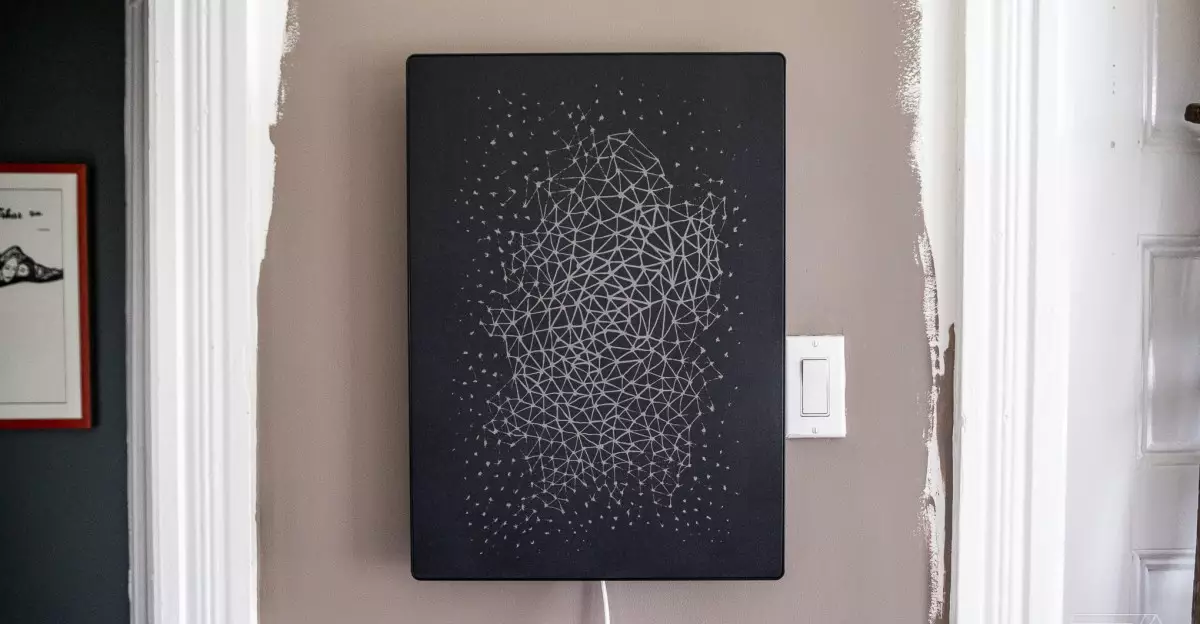The partnership between music and home design has been wonderfully encapsulated in the Symfonisk lineup, a collaboration between Sonos and Ikea. For years, this innovative project fused the world of audio technology with home aesthetic, resulting in speakers that were not merely functional but also visually integrated into everyday spaces. Nonetheless, this unique collaboration is winding down, marking a significant shift in both companies’ strategies. Announced recently, the phase-out of Symfonisk products signifies the end of an era of creative synergy between these two distinctive brands.
While the timing raises eyebrows, particularly as Sonos readies itself to unveil its quarterly financial results, it is essential to comprehend that collaborations like this can naturally evolve and reach a conclusion. Sonos spokesperson Erin Pategas offered a poignant reflection on their years of cooperation. This sentiment underscores that while the product line may be fading away, the legacy of innovation and integration remains—showcasing how the merging of disparate industries can yield incredible results.
The Impact on Home Audio Experiences
The Symfonisk lineup has been a game-changer in how we view home audio. By successfully blending design with functionality, these products expanded access to high-quality sound at an affordable price point. The lamp speakers, bookshelf variants, and even picture frame speakers cleverly melded seamlessly into home decor, catering not just to audiophiles but also to casual music lovers seeking attractive yet functional additions to their living spaces.
This thoughtful design philosophy gave rise to the notion that technology need not be obtrusive. Rather, it can complement our living environments while offering powerful sound experiences. As the lineup phases out, enthusiasts and casual users alike may find it disappointing that this pivotal bridge between design and sound engineering will no longer expand further. The absence of new models will leave a noticeable gap in the market that may challenge the balance between aesthetic integration and high-end audio performance.
The Broader Implications for Sonos
This decision can also be perceived as symptomatic of a larger strategy at Sonos, especially as the company faces the terrifying winds of market fluctuations spurred by tariffs and rising costs. Their recent attempts to reduce prices on core products like the Era 100 speaker and Ray soundbar illustrate a push to rejuvenate consumer interest amidst declining demand. Each decision made by the company reflects a desire not only to survive economically but thrive creatively—focus shifting now towards refining their existing offerings and enhancing software usability.
Interestingly, while the Symfonisk products were characterized by their affordability and innovative design, the newer Sonos products feature superior technology and sound. However, this shift poses the question: does Sonos risk alienating the segment of users who prioritize cost-effective solutions? The company is at a crossroads, grappling with its image and reputation following the subpar reception of a revised app that initially tarnished its once-stellar brand perception.
Refocusing on Audio Solutions
As Sonos turns its gaze from collaborations to its core products, a renewed commitment to enhancing the audio experience is evident. Interim CEO Tom Conrad’s assertion that improving the core user experience is a top priority signals that the brand comprehends the necessity of a strong, reliable audio foundation. In a world increasingly saturated with smart technology, this focus on refining product performance may offer a path to reclaiming lost customer trust.
Eliminating the Symfonisk lineup doesn’t merely signify the end of a collaborative chapter but also implies an inspired return to the essence of the Sonos brand. It’s a crucial reminder that in a rapidly changing technological landscape, adaptation is vital. The cancellation of their long-anticipated video player further indicates a strategic recalibration towards sound-centric devices, opening the door for innovations that could redefine what high-quality listening means in our homes.
In closing, the fading out of Symfonisk products illustrates a nuanced dance between innovation and practicality. Sonos’ future must navigate the complexities of market demands and consumer expectations while continuing to produce audio solutions that elevate the listening experience across genders, styles, and preferences. The conclusion of this partnership may just be the catalyst Sonos needs to re-establish itself as a leader in the audio industry, reclaiming its forte in sound excellence amidst contemporary challenges.

